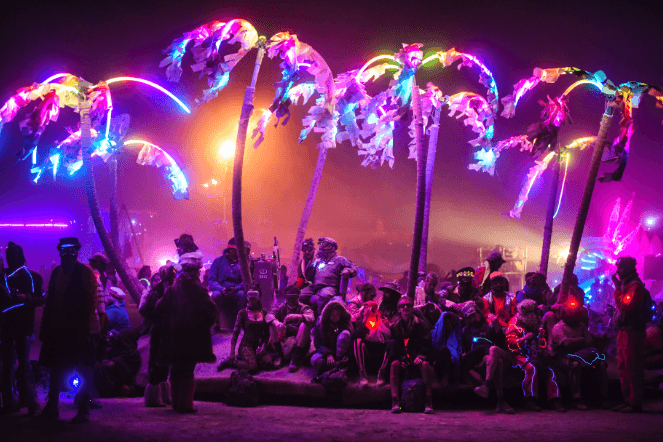The concept of event communities has been around for years in both physical and virtual spaces. With the unique situation surrounding the meetings and events industry over the last couple of years and with the ever-growing development of the metaverse, the call for event community has grown stronger. People are craving face-to-face interactions but with the rise of digital solutions, how likely are they to embrace another way of participating in an event community?
Event communities are often built organically during face-to-face events through the opportunities provided at coffee breaks, evening activities and small sessions to interact and connect with one another-people form relationships by building on their shared experiences of the event. Now that digital connections have been transformed, it’s important to consider how to build that sense of community and create opportunities, both in-person and online, for meaningful connections.
Creating an event community in a remote world
The Basics: Type of Event Communities
With the rise of so many different platforms and social media channels, it can be difficult to differentiate a community and make attendees want to participate and engage with each other. The key concept is to view it as more than just an online forum, but as an extension of an event to unite users around a platform, providing the opportunity for member engagement plus further exposure and revenue opportunity for sponsors.
Below are four broad community types:
- Private employer community
- Exclusive community usually behind paywall
- Private association or member community
- Public shared interest
In the digital space, we see three categories of platforms being commonly utilized to build up a community. Each category comes with their unique strengths and pitfalls.
- Learning Management
- Private employee
- Exclusive community
- Professional development
- Tend to lack networking
- Social Networking
- Public shared interest
- Blurs boundaries between personal and professional lives
- Always-on culture
- Community
- Association members
- Exclusive community
- Private employer
- High touch experience
- Exclusive access
Over the last few years, we have seen several digital players (new and old) advocating their platforms as the go-to solution for building up a successful event community.
3 Things to remember when connecting with audiences
Engaging conversations
To drive genuine engagement, a community needs to have the ability to network prior to, throughout and post event. Static content is useful for bringing short-term site visits, but to create an emotional connection to the event, people need to interact. Strong connections will not only bring them back to the event site but creates a higher probability of attending future events, especially for those transitioning back from virtual to face-to-face.
Shared experiences
Creation of a shared experience through activities like watch parties for on-demand content, webinars or interviews with guest speakers, sponsors, or other influencers in the event field with an adjoining chat feature allow attendees to respond to the content in real-time and reinforce the shared experience. Gamification can help drive community interaction, playing on the competitive nature of attendees and using friendly rivalry to build relationships. As a bonus, they can be leveraged to support and boost sponsors goals.
Brand awareness and loyalty
Community spaces should contain branded graphics and colors that connect to the brand. They should also contain engaging content such as videos (Instagram and Facebook advert engagement is about 30+% higher when videos are used) to facilitate the bonding of the community to the brand.
Event communities can also provide a space to maintain and update marketing communications for sponsors and clients to keep messaging relevant over the event lifecycle.
We know the last two years have been challenging and the start of 2022 has not been the smoothest. However, we continue to see rapid advancement in the event technology space and turning challenges into opportunities to engage the clients and attendees at every event is a bright light shining at the end of the tunnel.
Originally published Apr 26, 2022 9:30:21 AM
Last updated on Dec 23, 2022 10:13:39 AM


